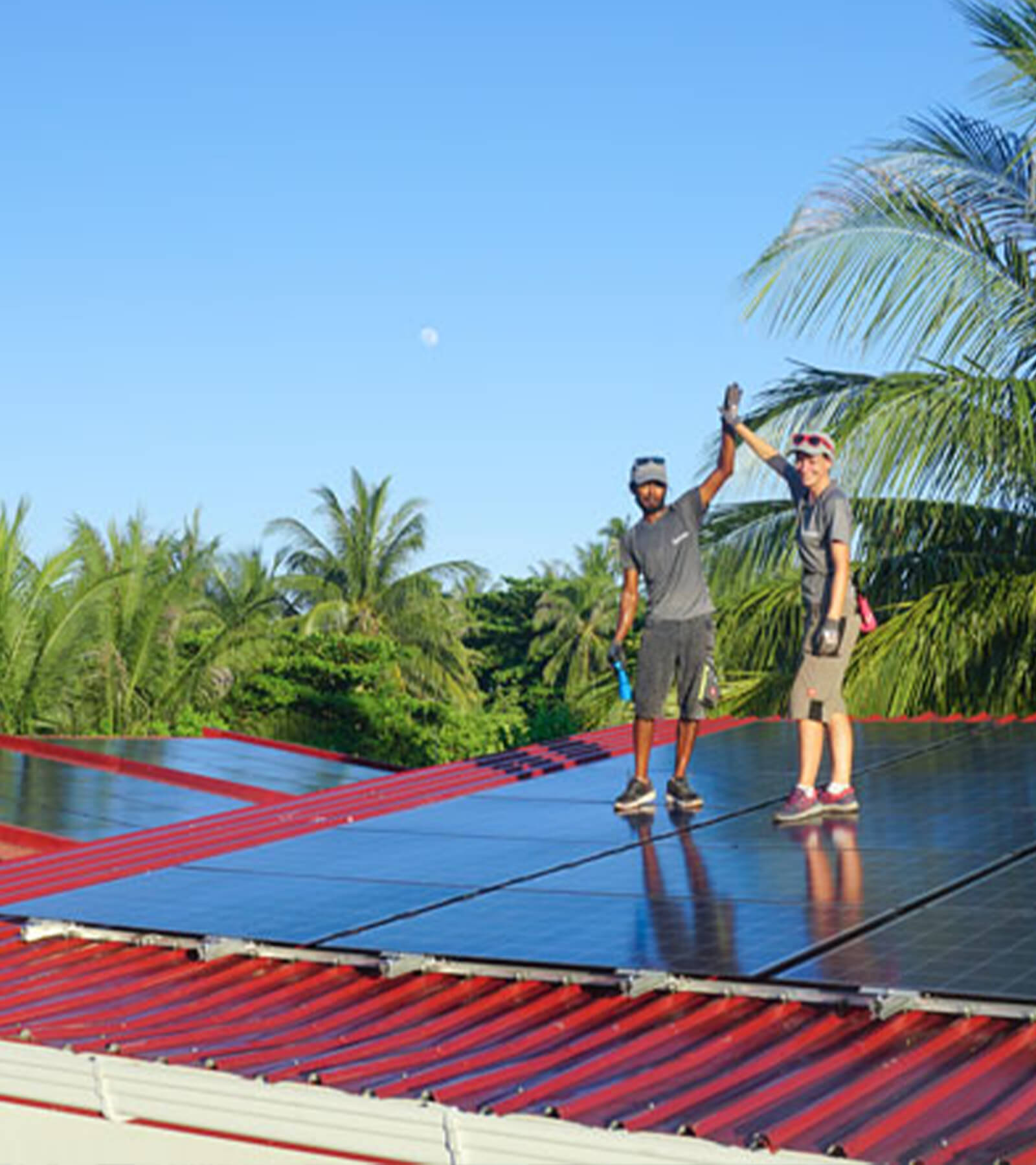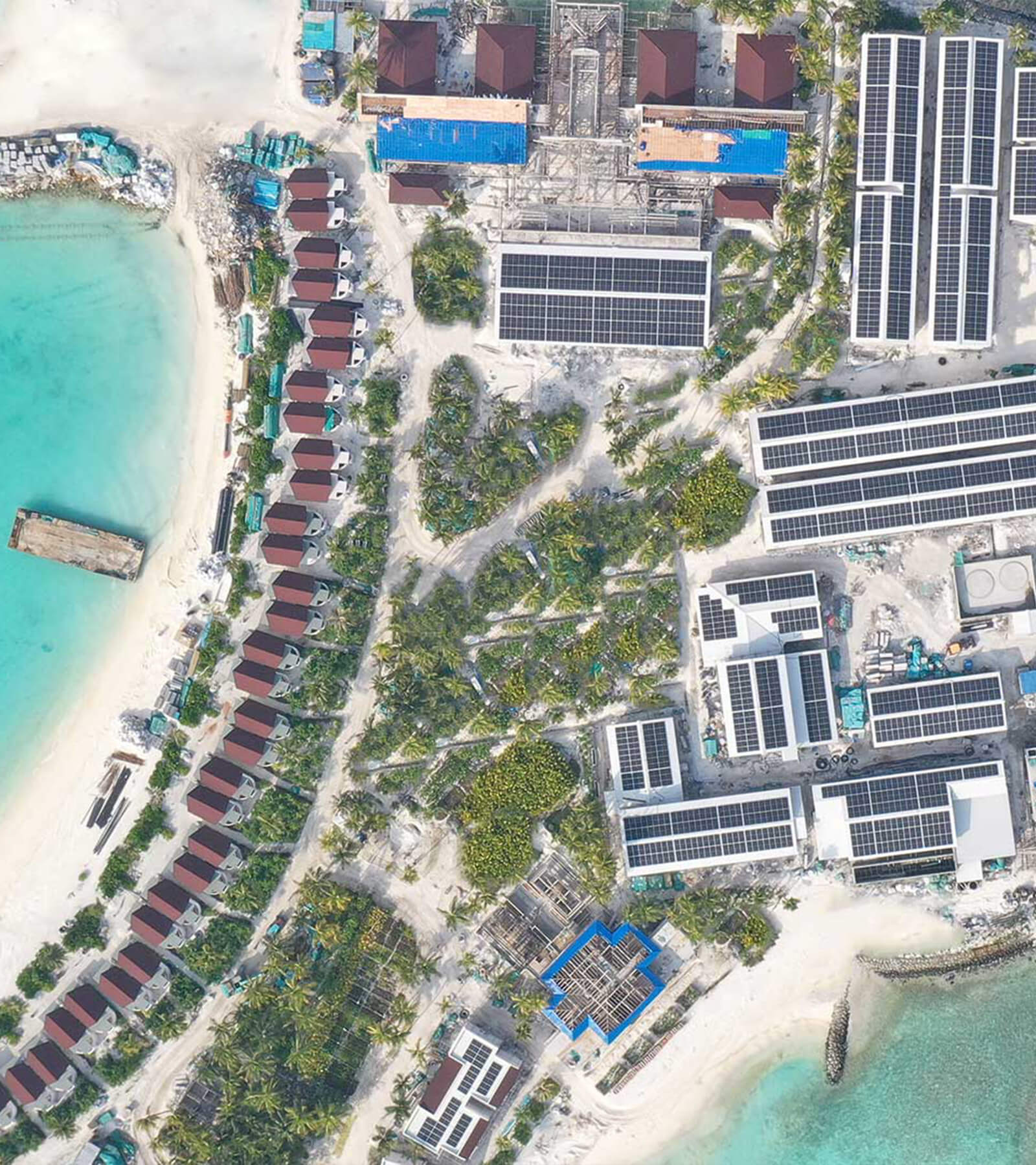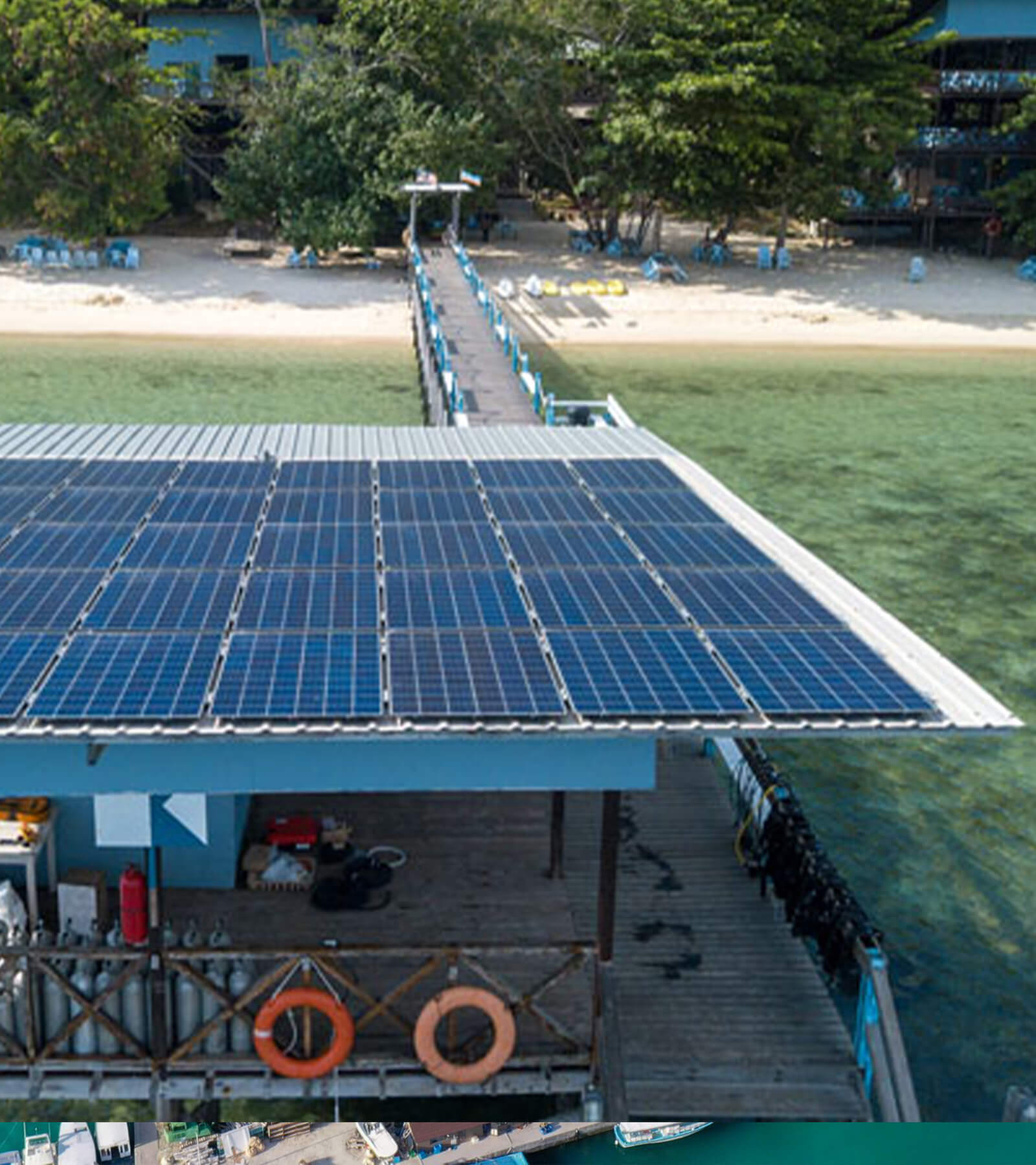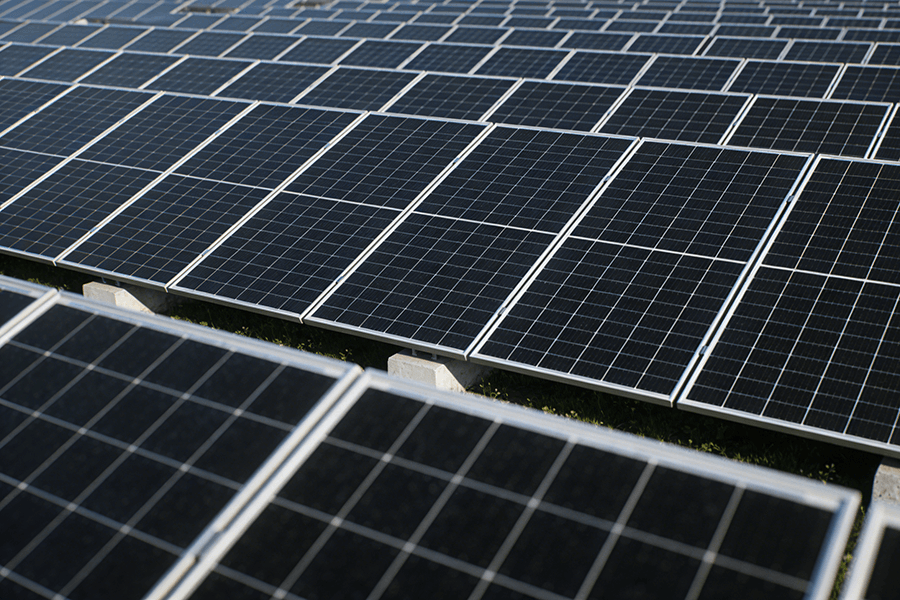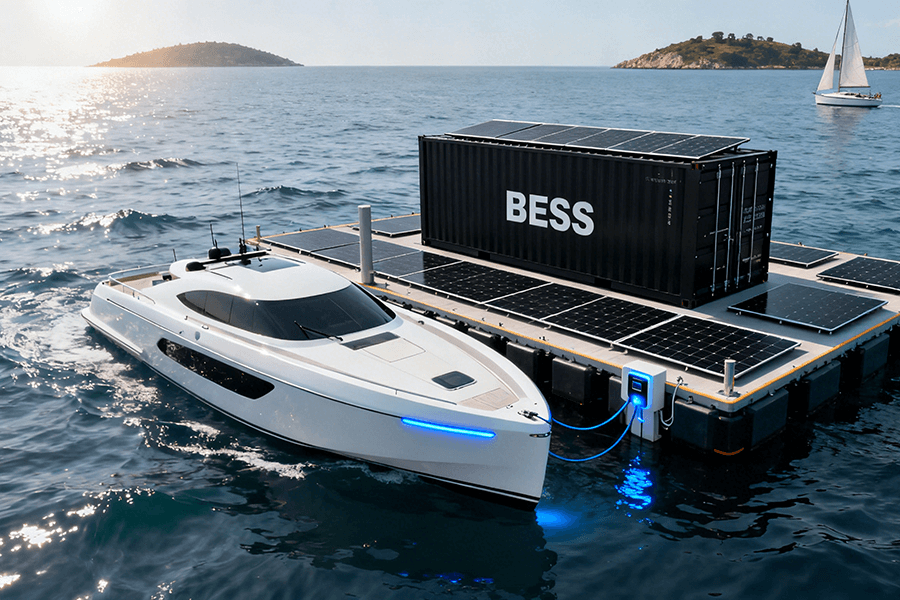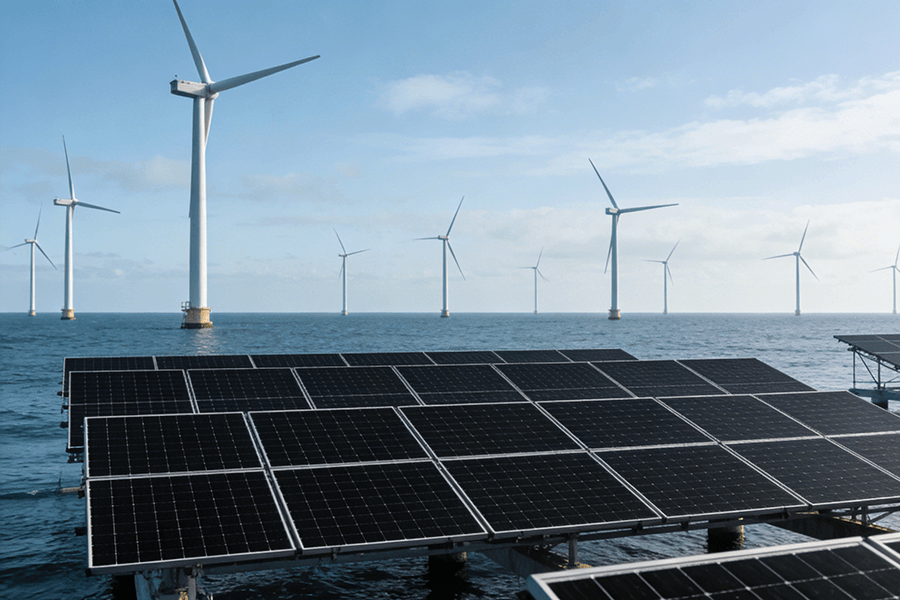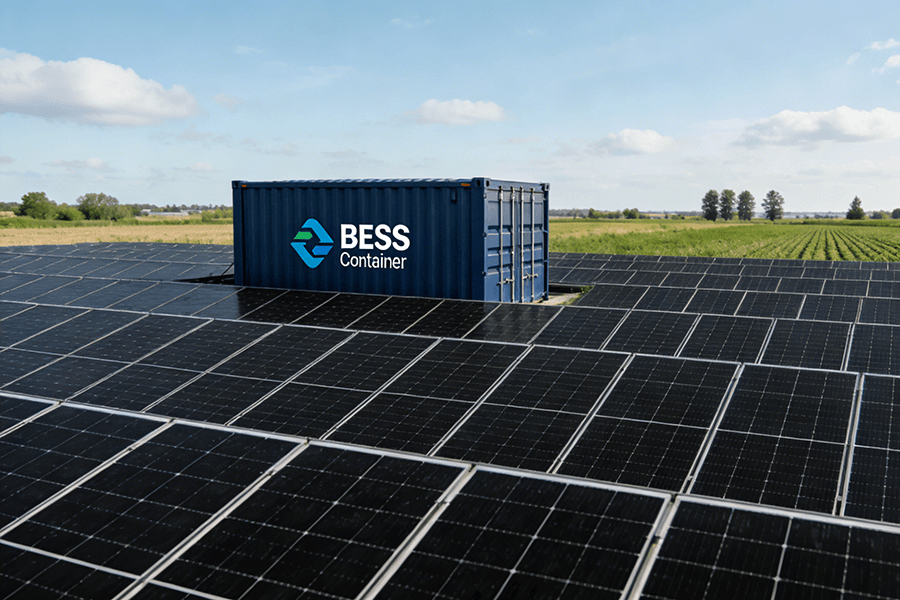As Maxbo, a one-stop solar solutions provider, we are committed to offering innovative and sustainable energy solutions tailored to Europe’s unique demands. Container for battery storage systems are essential for efficient energy management, but their environmental impact spans manufacturing, operation, and recycling. This article explores their footprint and the sustainable practices that minimize harm while maximizing benefits.
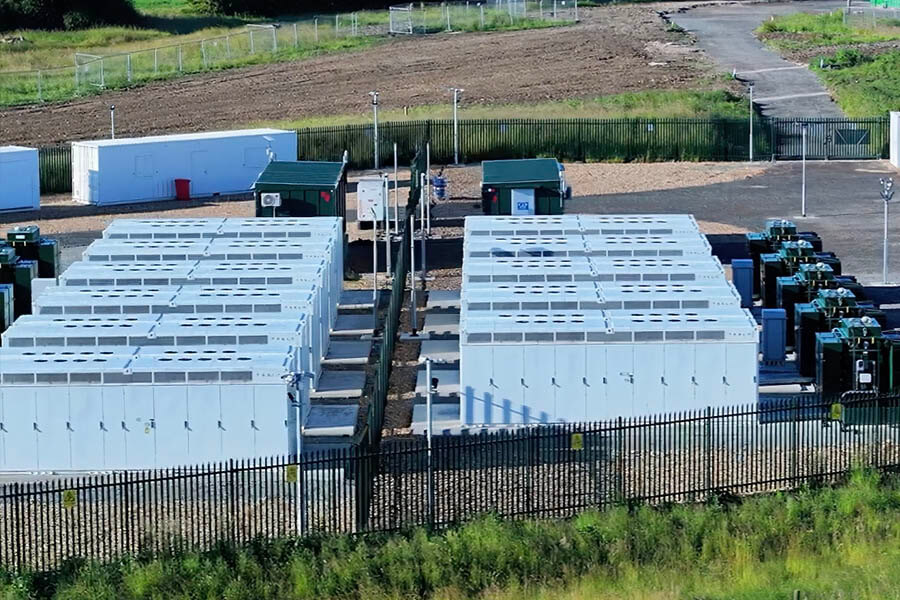
Manufacturing Phase: Environmental Impact
Resource Extraction and Processing
The production of lithium-ion batteries relies heavily on materials like lithium, cobalt, and nickel. These materials, while essential, have environmental implications:
- Lithium Mining: Extracting lithium often requires large quantities of water, with up to 500,000 gallons per ton of lithium produced (iea.org).
- Cobalt and Nickel: Mining these metals generates significant CO₂ emissions and can lead to soil and water contamination.
Carbon Emissions from Manufacturing
Battery production is energy-intensive, contributing approximately 70–110 kg CO₂ per kWh of battery capacity (icct.org).
Sustainable Solutions
- Material Innovation: Developing alternative chemistries such as solid-state batteries to reduce reliance on scarce materials.
- Green Manufacturing: Implementing renewable energy sources in production facilities to lower emissions by up to 30%.
Operational Phase: Environmental Considerations
Reduced Dependence on Fossil Fuels
Battery storage containers are pivotal in integrating renewable energy sources like wind and solar into the grid:
- Europe’s Renewable Goals: Countries like Germany and the Netherlands rely on battery storage to stabilize grids with high renewable energy penetration, reducing CO₂ emissions by 20–30% annually (solarpowereurope.org).
Thermal Management and Energy Use
While the operation is emission-free, systems require energy for cooling and heating:
- Energy Use: Thermal management systems can consume 5–10% of stored energy to maintain optimal conditions.
- Improvement: Advancements in liquid cooling systems have improved efficiency by 20%, especially in extreme climates.
Safety Risks
Incidents like thermal runaway pose risks to the environment and safety:
- Case Study: In 2023, a container in Taiwan overheated due to insufficient monitoring (solarbe.com).
- Preventative Measures: Advanced BMS and AI-driven monitoring systems have reduced fire risks by 90%.
Recycling and Disposal: Challenges and Progress
Limited Recycling Infrastructure
Currently, only 50% of lithium-ion batteries are recycled globally, with much of the waste ending up in landfills.
Environmental Risks of Improper Disposal
- Chemical Leakage: Batteries can release harmful substances like electrolytes and heavy metals, contaminating soil and groundwater.
- E-Waste Growth: Europe generates over 3.9 million tons of e-waste annually, with batteries contributing significantly.
Innovations in Recycling
- Hydrometallurgical Processes: Recover up to 95% of valuable metals like lithium and cobalt.
- Policy Support: The EU’s Battery Directive mandates improved recycling targets, aiming for 70% material recovery by 2030.
Environmental Benefits: Promoting Sustainability
Enabling Renewable Energy Integration
Battery storage containers facilitate renewable energy storage and grid balancing:
- Scotland’s Wind Energy: A 50 MW system reduced reliance on fossil fuel backups, cutting annual emissions by 25,000 tons of CO₂.
- Spain’s Solar Plus Storage: Improved grid stability while supporting Europe’s 42% renewable target by 2030.
Energy Independence for Remote Areas
In off-grid regions, battery storage eliminates diesel generators:
- Example: A Greek island transitioned to solar-plus-storage, reducing emissions by 75%.
Eco-Friendly Design
- Recyclable Materials: Many containers are now built using recycled steel and aluminum.
- Longevity: Improved battery chemistries extend lifespans by 2x, reducing waste generation.
Maxbo’s Commitment to Sustainability
At Maxbo, sustainability is at the heart of our solutions. Our battery storage containers are designed to:
- Minimize Environmental Impact: Through innovative materials and efficient manufacturing.
- Support Europe’s Green Goals: By enabling renewable energy storage and reducing emissions.
- Promote Circular Economy: With advanced recycling and reuse initiatives.
Conclusion: A Balanced Approach to Battery Storage
While lithium-ion battery storage containers have environmental challenges, technological advancements and sustainable practices significantly reduce their footprint. From integrating renewable energy to promoting recycling, they play a vital role in Europe’s energy transition.
At Maxbo, we ensure our solutions are not just efficient but also environmentally responsible. Partner with us to drive a cleaner, greener future for Europe.
Email: [email protected]

